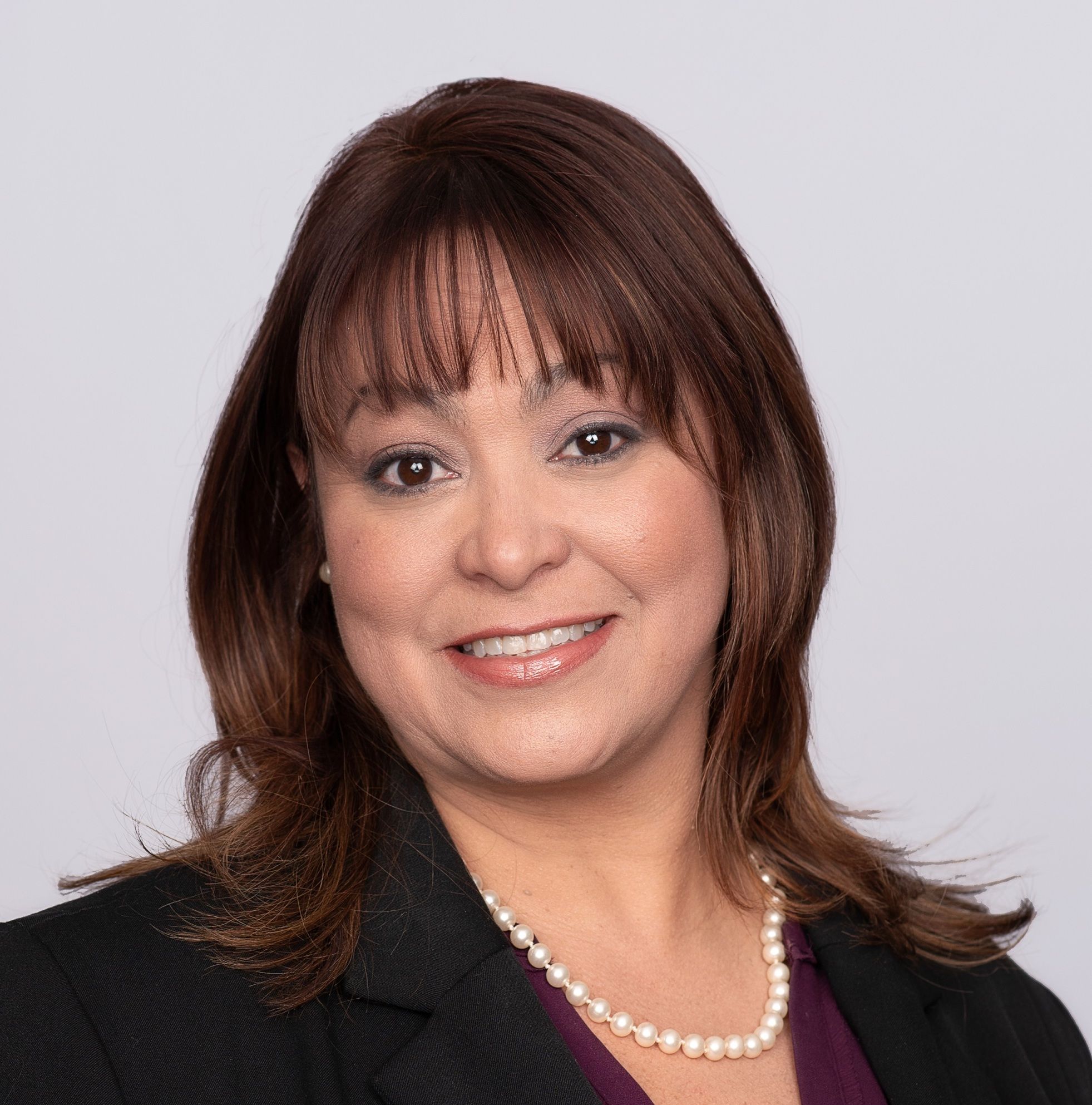What Shifting U.S. Demographics Mean for Health Plans
The country is becoming more diverse. Health plans need to adapt by making their provider networks as diverse as possible and committing to diversity in their management ranks.
Our nation’s demographics are shifting significantly, and health plans will need to up their game when it comes to providing equitable services to meet the needs of a more diverse populace. In fact, the 2020 US Census data released just a few months ago shows a significant increase in the nation’s non-white population, from 34% in 2010 to 40% today.
Loida Olmeda Dunham

The census data revealed that growth in the nonwhite population was fueling much of the nation’s population growth. Many cities with historically large white populations are now “minority majority.” One particular data point demonstrates a trend of continued diversification: The population younger than 18, while having decreased over the last decade, is rapidly diversifying. Nonwhite US residents younger than 18 now make up the majority in that category, at 53%, a five six percentage increase from 47% in 2010.
Gerard Vitti

Here are four ways that health plans can better meet the needs of a diversifying nation:
Tackling health inequity must be the top priority
People of color have always faced great inequities in health care. Health plans must internalize this and commit to fighting racism in everything they do, from member enrollment to claims operations to human resources. This goes far beyond simply stating the company’s diversity, equity and inclusion principles on the plan’s website.
Plan policies must be holistically reviewed to ensure that they are addressing inequities in health care. Coverage and benefits must also undergo scrutiny, which will include expanding coverage for nonmedical purposes to address social determinants of health.
We now know that proper nutrition, housing security and safe neighborhoods are just as important to health as clinical factors. Several state Medicaid programs are now innovating by covering nonmedical services, and will be able to measure their impact on overall health and cost savings. Commercial plans should now follow the lead of these state Medicaid agencies.
Medicaid plans provide a great template for cultural competency
Health plans that specialize in serving the Medicaid population are, generally, far more accomplished in ensuring a culturally competent approach to their members. One result is a reduction in health disparities. State Medicaid agencies have done a good job of making sure that the plans that they contract with are capable of meeting the needs of diverse communities.
Meeting needs means isn’t just a matter of providers speaking multiple languages.It includes being well-informed about, and sensitive to, the way varied cultures and ethnic groups seek to utilize the health system. It means understanding diseases that are unique to, or more common among, certain populations. It means being attuned to conscious or unconscious bias.
Recent immigrants, for instance, come from countries with vastly different health care systems and need support navigating the U.S. version. Medicaid plans are more likely to have care navigators in place that are trained to work with diverse populations.
Changing networking and contracting policies
Health plans must carefully examine their internal infrastructure to ensure consistency with diversity goals. For instance, their provider networks must be as diverse as possible, and if not, a priority must be recruiting more providers of color into the network.
With vendor selection and contracting, plans where vendors of color are underrepresented will similarly want to review procurement policies and procedures to ensure greater participation by a more diverse pool of vendors. This may include the development of new scoring criteria so that minority and women-owned businesses are sufficiently advantaged in the contracting process.
Plans must continue to diversify their leadership
Commercial plans have made progress on diversity, equity and inclusion, including within their leadership ranks. But there is more work left to be done. Plans need to continue to diversify their management teams to better mirror the populace of the nation. We know from the work that our own company does on healthcare outreach and enrollment that people from other countries and cultures engage at a higher rate with someone who has similar lived experience.
Our nation is growing as it is changing. Our health care system must grow and adapt with the populace. The 2020 census data heightens the urgency for building a more equitable health care system. Health plans that make diversity, equity and inclusion a top priority will be best positioned for long-term growth and success.
Loida Olmeda Dunham is vice president for human resources and compliance of Healthcare Financial Inc., and Gerard A. Vitti is the Boston-area company’s founder and CEO.
Updated: UnitedHealth Group’s First Quarter Revenue Increases, But Company Revises Outlook
Published: April 17th 2025 | Updated: April 17th 2025The insurer’s healthcare expenses, especially physician and outpatient services, within the Medicare Advantage businesses were above what company leaders had expected.
Read More
Conversations With Perry and Friends
April 14th 2025Perry Cohen, Pharm.D., a longtime member of the Managed Healthcare Executive editorial advisory board, is host of the Conversations with Perry and Friends podcast. His guest this episode is John Baackes, the former CEO of L.A. Care Health Plan.
Listen
Breaking Down Health Plans, HSAs, AI With Paul Fronstin of EBRI
November 19th 2024Featured in this latest episode of Tuning In to the C-Suite podcast is Paul Fronstin, director of health benefits research at EBRI, who shed light on the evolving landscape of health benefits with editors of Managed Healthcare Executive.
Listen